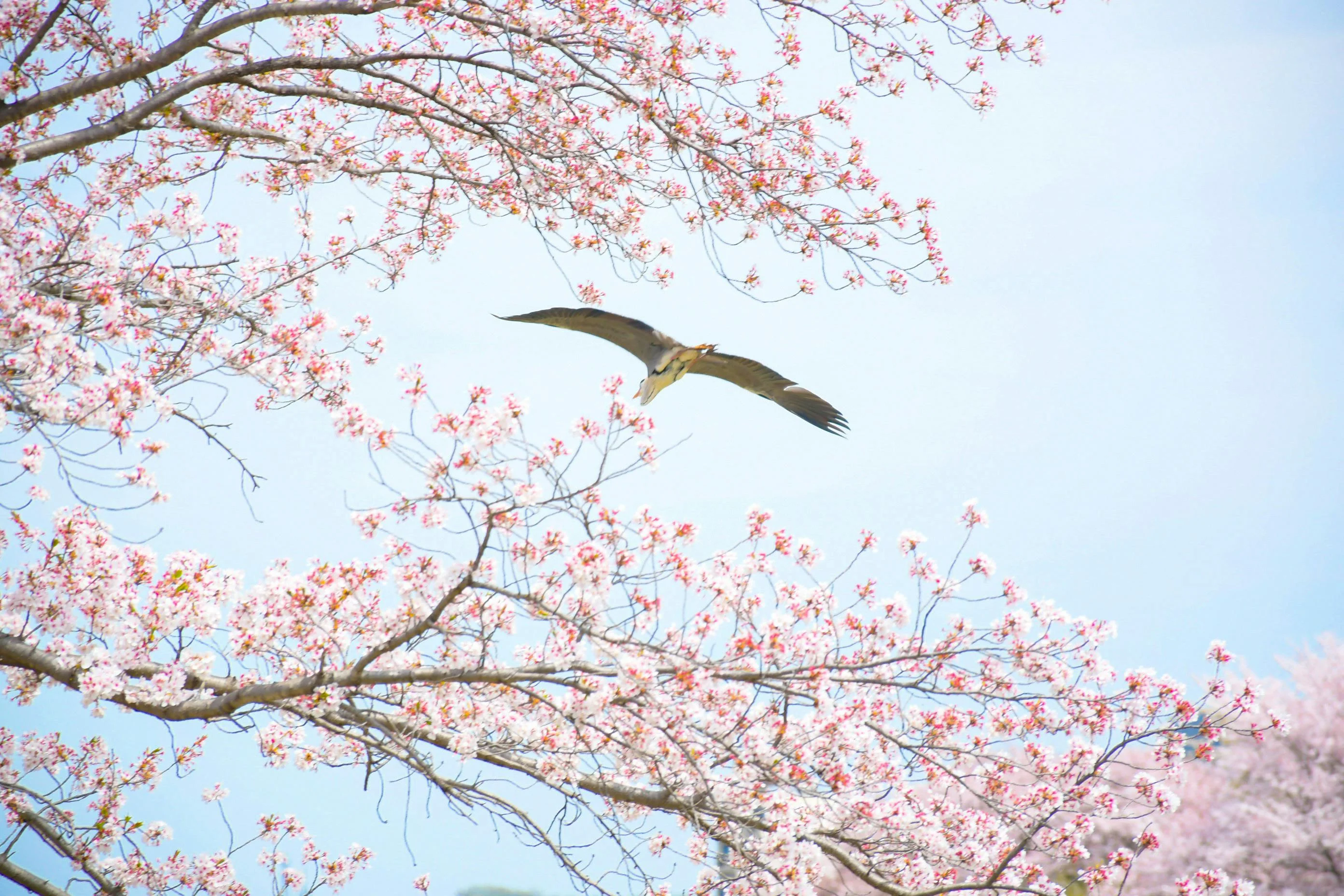Birdwatching in Himeji: A Guide to Indigenous and Migratory Birds

Nestled amid Japan's enchanting landscapes, Himeji offers more than just its renowned castle. It's a sanctuary for bird enthusiasts who thrive on the resonant calls and vibrant sights of diverse bird species. Whether you're a seasoned birder or a curious traveler, Himeji's unique ecosystem is set to charm you with its feathered residents, offering peaks of nature's wonders.

The Rich Avian Biodiversity of Himeji
Himeji boasts a mixture of habitats from marshlands and lush forests to coastal zones, creating a haven for both indigenous and migratory birds. This vast array of environments supports an impressive variety of birdlife, ensuring that every birdwatching venture is both captivating and novel.
Indigenous Birds: The Enduring Patrons
Japanese White-eye (Zosterops japonicus): Often seen flitting through trees, these small, green birds are a symbol of vitality in Japan. Their melodious songs add a charming soundtrack to any nature walk.
Japanese Paradise Flycatcher (Terpsiphone atrocaudata): With its long, elegant tail feathers and striking appearance, this bird is not just a visual delight but a reminder of the diverse avifauna native to Japan.
Migratory Birds: Seasonal Surprises
Oriental Honey-buzzard (Pernis ptilorhynchus): Making its journey from the north, this species arrives in Himeji during its migration. Observing its impressive wingspan in flight is a sight to behold.
Eurasian Wigeon (Mareca penelope): Flocking during the winter months, these ducks are easily identified by their associated melodies and colorful plumage, making the wetlands of Himeji a buzzing hub of activity.

Prime Birdwatching Locations in Himeji
Tegara-yama Forest Park
Tegara-yama offers a forested escape with well-marked trails perfect for observing a variety of bird species. The park's diverse vegetation supports many birds, providing opportunities to spot rare species amidst its serene setting.
Seto Inland Sea Coastline
The proximity to the Seto Inland Sea means varied coastal bird species thrive here. Shorebirds and seabirds abound, offering close encounters with species both rare and common.
Tips for an Optimal Birdwatching Experience
- Optimal Timing: Early mornings or late afternoons are ideal as birds are most active during these periods. Additionally, the diffused natural light enhances sightings and photography.
- Silent Observation: Birds are sensitive to disturbances. Move quietly and use binoculars for close-up views, ensuring minimal disruption to their natural behaviors.
- Equipped for All Weather: Carry weather-appropriate gear. Himeji can be as unpredictable as it is beautiful, with sudden changes typical in mountainous or coastal regions.
- Engage with Local Guides: Knowledgeable local guides offer insights into bird behaviors and habitats, enriching the birdwatching experience. They can lead you to hidden spots most other travelers might miss.
Mindful Birdwatching: Respecting Nature

Conclusion: A Haven for Bird Enthusiasts
Himeji stands out as a birdwatching destination that blends natural beauty with ecological diversity. Its landscapes, teeming with birds both resident and fleeting, invite you to witness the captivating life of its avian inhabitants. Whether you're capturing the vibrant flashes of a Japanese White-eye or marveling at the migratory agility of an Oriental Honey-buzzard, Himeji offers stories of nature that resonate well beyond their quiet songs.







